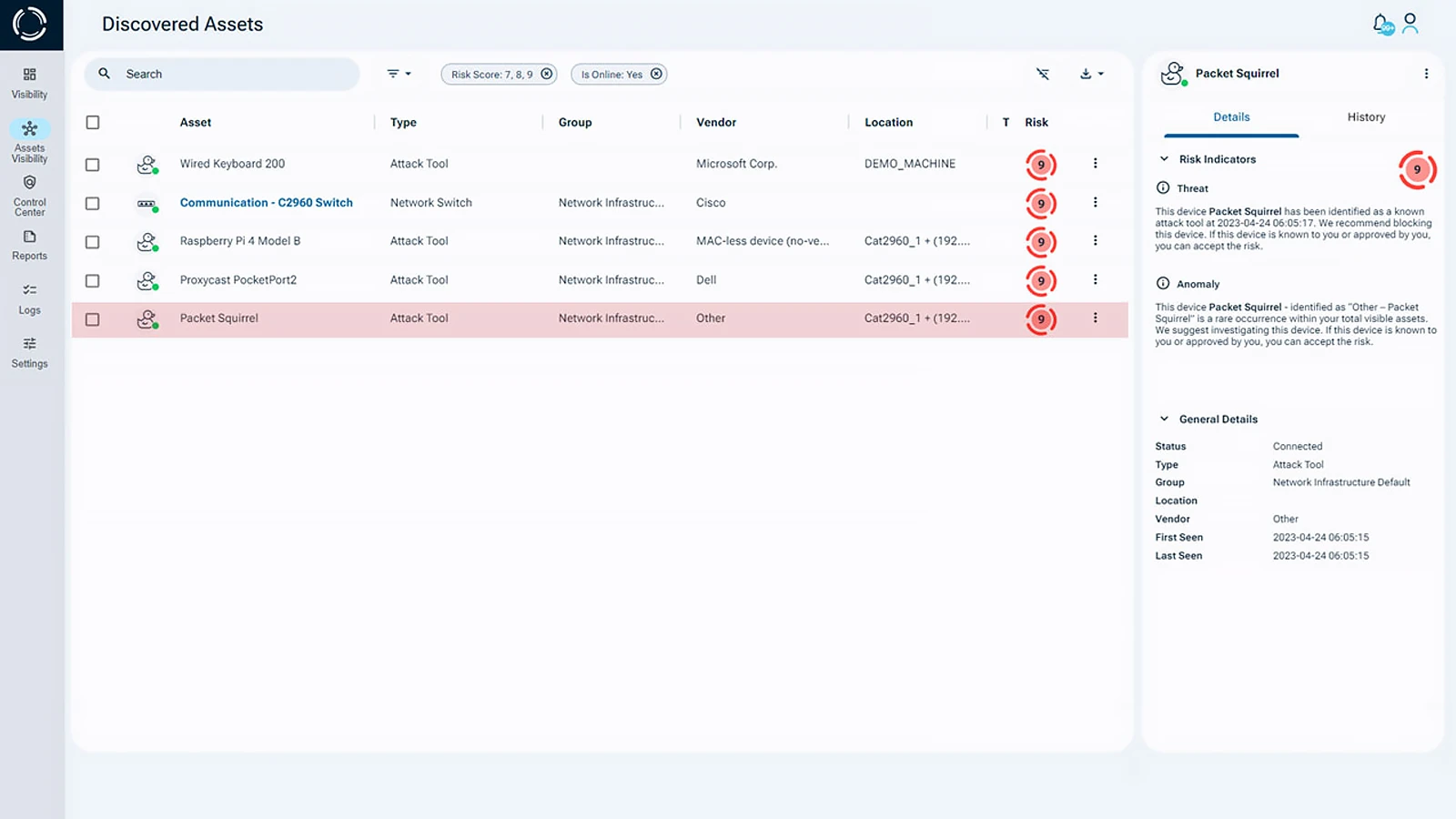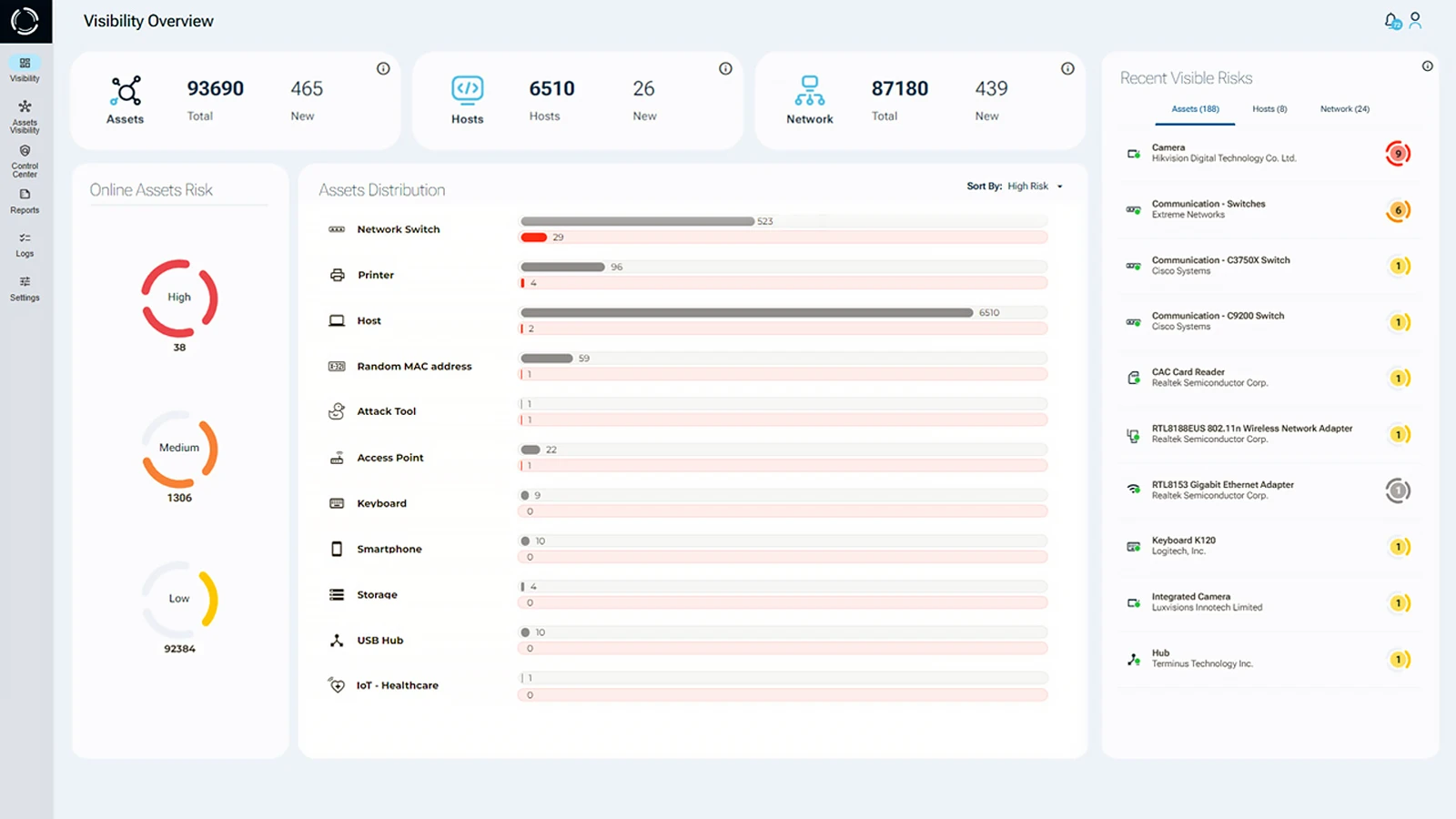Why is cybersecurity critical for airports and the aviation industry?
Airport cybersecurity is a critical part of maintaining the safety and efficiency of air travel within the aviation industry. With increasing digitalization, airports handle sensitive information, from passenger data to flight operation systems, making them attractive targets for cybercriminals. In addition to ensuring safety and privacy, cyber-physical security for airports & airlines also protects the aviation industry’s economic interests by safeguarding operational continuity and public trust.
Airports are part of a nation’s critical infrastructure. As a result, they are constant targets for cybercriminals, terrorists, hacktivists, and rival nations. Moreover, airports provide an access point to the state, facilitating the movement of travelers and goods in and out of the country. Some states do not even have a coastline, making it impossible to engage with the rest of the world without an airport infrastructure.
Airport Cyber Security Threats
As airports increasingly depend on interconnected information-systems, the range of airport cybersecurity threats continues to grow. Airport cyber security threats vary in scope and technique, from traditional phishing to sophisticated hardware-based attacks.
What are the Most Common Cyber Threats Faced by Airports?
- Social Engineering and Phishing Attacks: Cyber-criminals frequently use social engineering tactics like phishing to deceive airport employees. These attacks trick individuals into disclosing credentials or granting unauthorized access. Phishing schemes often involve impersonating trusted sources. Attackers manipulate individuals into revealing sensitive personal information. This information can then be used to infiltrate airport information systems.
- Ransomware and Malware: Airports are prime targets for ransomware attacks, where malicious actors take control of key systems or data and demand payment to release them. Malware attacks can disrupt operations, compromise data-security, and cause significant financial loss. In 2020, San Francisco International Airport suffered an attack on two of its websites, while Albany Airport was infected with malware via a contractor.
- Hardware-Based Attacks on Airport Systems: Hardware-based attacks involve the installation of rogue devices or the use of malicious USB drives to create backdoors into the network. These attacks can go undetected for months, allowing attackers to map out and exploit system vulnerabilities. Firewalls and intrusion detection systems are essential defenses against such threats.
- Internal Threats and Human Error: Airports must also consider the threat posed by employees, either through malicious intent or simple human error. A single mistake, such as using weak passwords or connecting unauthorized devices, can result in a security breach. Security awareness training helps mitigate these risks.
Airport Cyber Security: Entry Points Vulnerable to Cyberattacks
Cybercriminals exploit various entry points to breach airport networks, frequently targeting weak links in the system. As the number of devices in the network increases, the risk of unauthorized access grows significantly. Thus, the more connected devices present, the greater the vulnerability to potential cyberattacks.
What Systems and Devices are Most Vulnerable to Airport Cyberattacks?
- IoT Devices: Airports rely heavily on Internet of Things (IoT) devices, from security cameras to access control systems. These devices are often vulnerable to cyber attacks, providing hackers with numerous access points to the airport’s network. Implementing strong application security and data-security protocols can help defend against these threats.
- Employee Devices as Security Vulnerabilities: Employees’ personal devices, if connected to the airport’s network, can serve as unintentional entry points for attackers. Laptops, smartphones, and even connected printers can introduce security risks if not properly secured.
- USB-Based Attacks: USB devices can easily be weaponized by attackers, spoofed as legitimate devices but used to gain unauthorized access. These hardware-based attacks allow attackers to infiltrate networks without immediate detection, posing a serious threat to airport cyber security. Learn more about USB attacks.
Airport IoT Security
As IoT devices become more prevalent in airport operations, they simultaneously introduce new airport cyber security threats. The sheer volume of devices connected to airport networks creates numerous entry points, each with its own unique security issues. Common risks associated with IoT devices in airports include unauthorized access, data interception, and system manipulation. For instance, compromised baggage handling systems could result in lost luggage or significant operational delays, ultimately affecting customer satisfaction and the reputation of the airport.
The Risks of Internet-Connected Devices in Airports: From security cameras to baggage scanners, airports use a wide range of internet-connected devices. If these devices are compromised, they can provide attackers with access to sensitive systems and data.
Securing Critical Equipment: X-ray Machines and More: Even equipment like x-ray machines can be vulnerable to attacks. Malicious actors could manipulate these systems to avoid detecting illicit materials. This poses a significant threat to security and safety. Learn how x-ray machines are targeted through cyber threats.

Cyber Security at Airports
Airports must implement robust cybersecurity solutions to counter the growing number of cyber threats in aviation. Solutions such as Sepio’s platform can help mitigate these risks by providing comprehensive protection against hardware-based attacks.
- Zero Trust Hardware Access: By implementing a Zero Trust Hardware Access (ZTHA) approach, airports can ensure that only authorized devices connect to critical systems, minimizing the risk of data breaches and unauthorized access. This approach requires continuous monitoring and verification of all devices attempting to connect to the network, creating a secure environment for airport operations.
- Comprehensive Device Visibility: Complete visibility into devices operating within airport networks is a crucial component of robust cyber security. Solutions like Sepio’s platform provide real-time monitoring and identification of devices, enabling security professionals to detect and neutralize potential threats proactively.
- IoT Security Protocols: Since IoT devices are essential yet vulnerable components of airport infrastructure, implementing strong IoT security solutions is essential. This involves regular device authentication, secure firmware updates, and continuous monitoring to detect any anomalies that could indicate cyber threats.

Partnering with Cybersecurity Experts
As cyber threats continue to evolve, airport cyber security will remain a priority for national security and the aviation industry. Implementing robust cyber security strategies protects the digital infrastructure of airports. It also ensures that travelers, employees, and assets are shielded from cyber risks. Partnering with advanced cybersecurity vendors like Sepio helps airports stay ahead of these threats. This partnership secures the future of air travel and fosters public trust in an increasingly digital world.
Stay Ahead of Cybersecurity Threats
Schedule a demo and take a decisive step towards securing the future of your operations. With Sepio’s technology, you can protect your passengers, safeguard sensitive data, and maintain uninterrupted airport operations. Let Sepio be your trusted partner in the fight against cyber threats.






